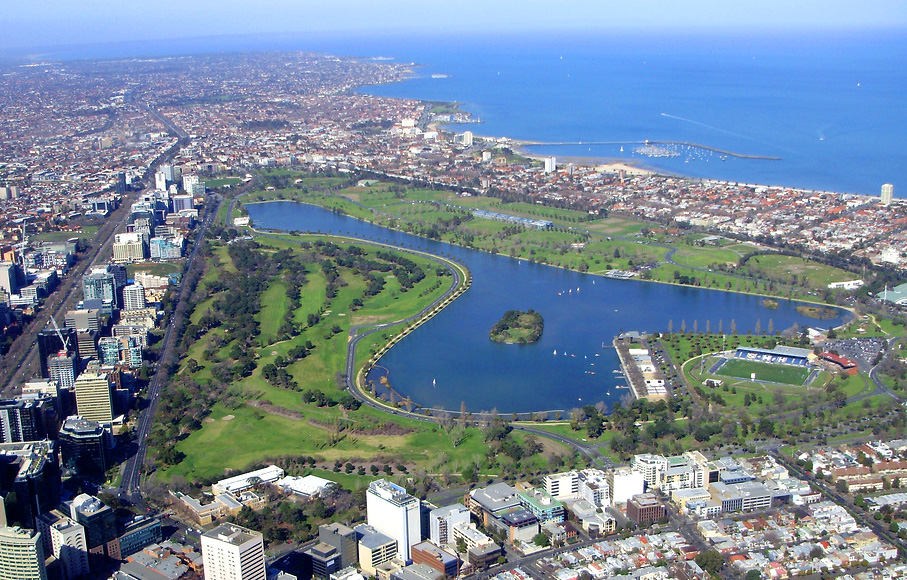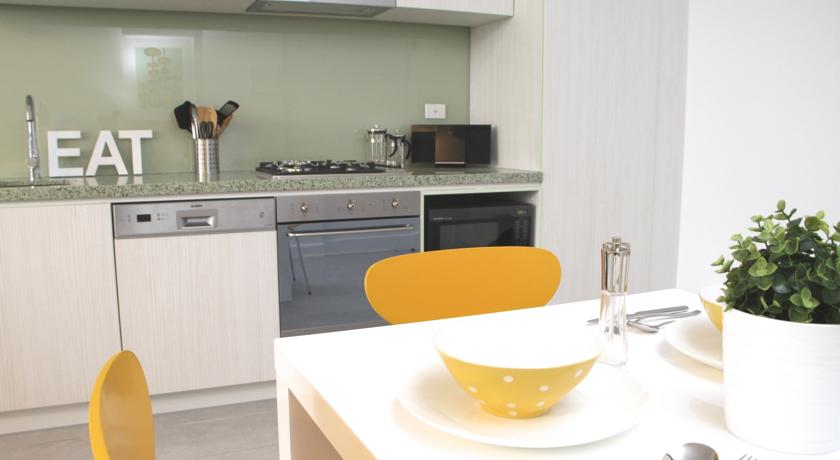Availability
We are sorry, there are no rooms available at this accommodation at the moment
General
Just 4 minutes’ walk from Etihad Stadium and 12 minutes’ walk from Southern Cross train station, Lacrosse offers a balcony with stunning city views.
Guests staying in this modern, 1-bedroom apartment enjoy access to an outdoor pool and a fitness centre. Free WiFi is provided.
Lacrosse is located in Docklands, 13 minutes’ walk from Harbour Town Shopping Centre and 17 minutes’ walk from Queen Victoria Market.
You can cook a delicious meal in your fully equipped kitchen and wash up using the dishwasher provided. Lacrosse apartment also includes laundry facilities, a flat-screen TV, DVD player and a dining area.
Docklands is a great choice for travelers interested in soccer, sports and clothes shopping.
Check-in time
Check-out time
Children and extra beds
Pets
Accepted credit cards
Availability
Facilities
- Air Conditioning
- All Spaces Non-Smoking (public and private)
- Elevator
- fitness centre
- Heating
- Outdoor Pool
Internet
Parking
We are sorry, there are no reviews yet for this accommodation.
Docklands

Docklands (also known as Melbourne Docklands to differentiate it from London Docklands) is a suburb of Melbourne, Victoria, Australia, 2 km (1.2 mi) west of Melbourne’s Central Business District. Its local government area is the City of Melbourne. At the 2011 Census, Docklands had a population of 5,791.
Docklands occupies an area adjacent to the Melbourne CBD. It is bounded by Spencer Street, Wurundjeri Way and the Charles Grimes Bridge to the east, CityLink to the west and Lorimer Street across the Yarra to the south and is a primarily waterfront area centred on the banks of the Yarra River.
Contemporary Docklands is the product of an ongoing urban renewal project to extend the area of the Melbourne CBD (excluding Southbank and St Kilda Road) by over a third when completed around 2015. It is now home to several of Melbourne’s modern landmarks, including Etihad Stadium, Southern Cross Station and the Melbourne Star Ferris wheel.
From the 1880s, the former swamp west of Melbourne became heavily used as a dock, with an extensive network of wharfs, heavy rail infrastructure and light industry. However, following the containerisation of shipping traffic it fell into disuse and by the 1990s was virtually abandoned, becoming notable for an underground rave dance scene,a dance culture which survives through popular organised events held at Docklands Stadium.
Docklands Stadium was built in 1996 as a centrepiece to kick-start developer interest in Docklands as a viable renewal area. Urban renewal began in earnest 2000, with several independent privately developed areas overseen by VicUrban, an agency of the State government of Victoria. The brief for the master plan was for wide open water promenades and road boulevards with contributions of landscaping and public art commissions to be made by each developer and construction was to adhere to strict milestones. VicUrban promotes its vision of Docklands as being a major tourist attraction and projected over 20 million visitors a year and a future (2015) residential population of over 20,000.
A handful of significant buildings were retained, generally due to their association with the area’s industrial and maritime history. Most of these heritage buildings are intended for adaptive reuse and integrated with new facilities.
Docklands has become a sought-after business address,attracting the national headquarters of the National Australia Bank, ANZ, Medibank Private, Bureau of Meteorology, Myer, National Foods as well as the regional headquarters for Ericsson and Bendigo Bank.The business park model of medium-rise office buildings combined with transport and proximity to the City Centre is seen by many in the real estate industry to be one of the reasons behind the success of the Docklands office market.
Docklands is also the home to a number of water sports, including Dragon Boat racing.
While still incomplete, Docklands developer-centric planning has been widely criticised and many Melbourne politicians and media commentators lament its lack of green open space, pedestrian activity, transport links and culture.
Read more











